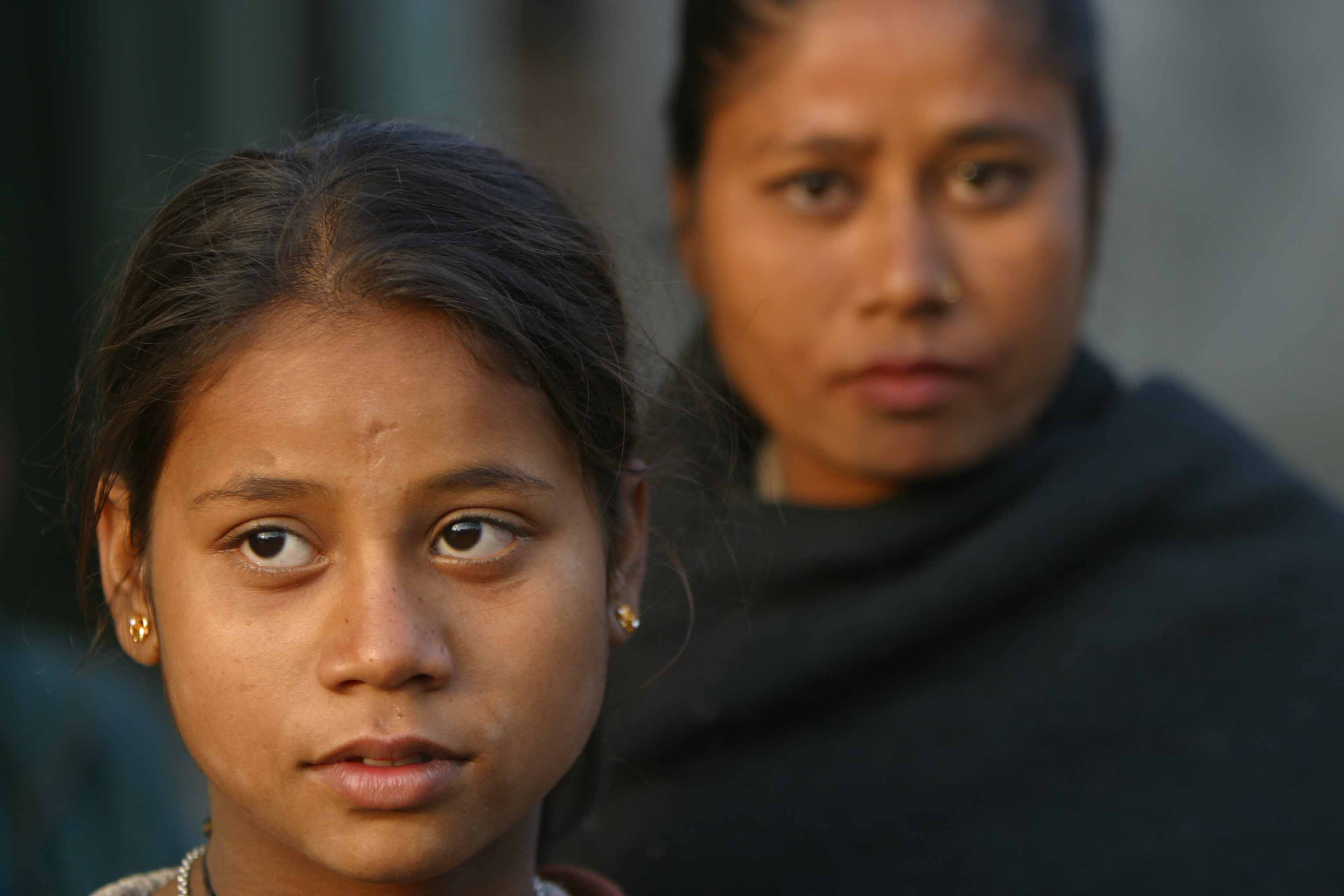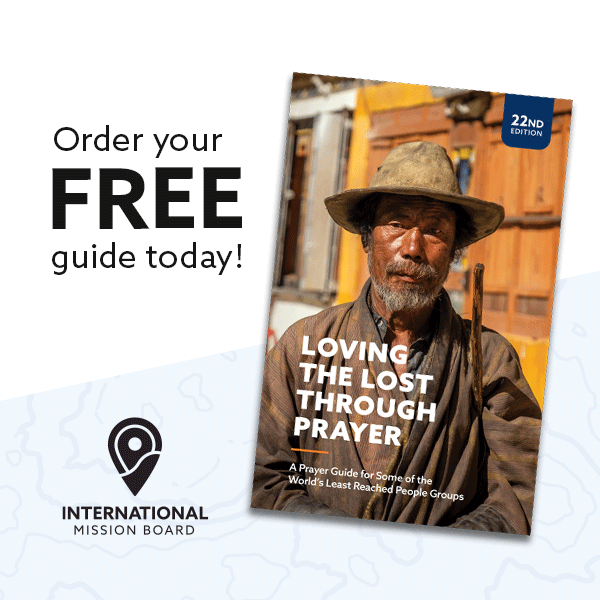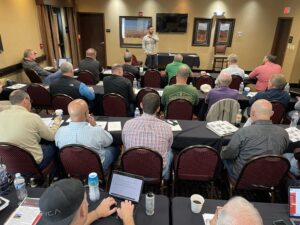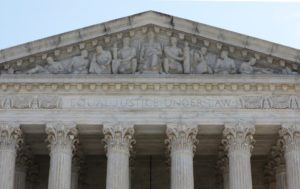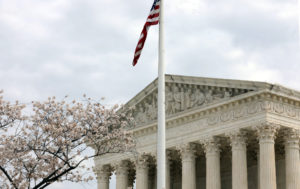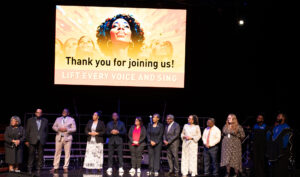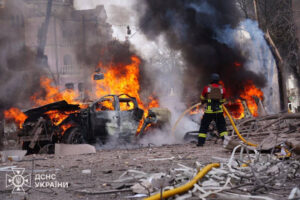
ALLAHABAD, India (BP)–The poster pasted to a community center door in India looks like a promo for a slasher movie.
It shows a circle of menacing hands — reaching, grasping and clawing at a frightened woman in the middle. Millions of women and children are “missing” in Asia, the poster claims, citing United Nations figures.
“Who is responsible?” it demands. “Who is concerned?”
Good questions. Here’s another: Where are they?
Many of these women and children have been sold, tricked, enticed, kidnapped or otherwise forced into the global business of human trafficking.
SUPPLY AND DEMAND
It’s like any other business, with employers and employees, buyers and sellers, supply and demand. The difference is that the perishable products of this business are people. They are obtained, used and abused via prostitution, pornography, “entertainment,” slavery, forced labor and other forms of exploitation. When they are consumed, traffickers go after more.
As fictional Mafia don Michael Corleone (“The Godfather”) says just before he has somebody murdered: It’s not personal; it’s just business.
Every year, up to 4 million women and children around the world are trafficked into prostitution and slave labor, according to U.S. government statistics. Between 50,000 and 75,000 of them are smuggled into the United States. By the late 1990s, prostitution had become one of Southeast Asia’s major industries, generating billions of dollars. It accounts for more than 10 percent of the gross domestic product in several countries.
In India, about 200 girls and women enter the trade every day. Up to 200,000 girls from Nepal alone reportedly work in Indian brothels. An estimated 400,000 children are involved in prostitution, nearly half of the U.N.’s estimated total for all of Asia.
BRUTISH TERROR
“India’s children are no strangers to exploitation, but none of it is as brutish as the terror to which these particularly unfortunate kids have been subjected,” reported the Sunday Times of India. “Raped at 10, tortured and starved to submission at 11, an abortion at 12 — and sexually violated 15 times a day till age and AIDS throw them onto the streets.”
Who is responsible? There’s plenty of blame to go around.
The criminals who actually run the trafficking business are obvious targets. So are corrupt government officials and police who look the other way, take payoffs or actively participate. Then there are the transporters, pimps, brothel keepers and middlemen. And the customers: local clients, “sex tourists” from abroad, pedophiles, merchants and others who see women and children of a certain class as nothing more than servants or tools for self-satisfaction.
At the most basic and tragic level are family members who knowingly sell children — or unwittingly send them into a life of misery — because of poverty, tradition, caste, religious practice or the mistaken belief that they will be better off. Like the father who sells one daughter to pay for another’s dowry. Or the village mother who is deceived into believing her child will have a better life in the big city. Or the Hindu parents who “dedicate” their child to a god or goddess, justifying her sexual abuse as a sacred prostitute.
Finally, there’s you and me. If we don’t fall into the “Who is concerned?” category, we belong in the “Who is responsible?” one.
WHO CARES?
William Carey, the father of modern missions, cared enough two centuries ago to struggle to free Hindu widows in Bengal from suttee (being burned alive on their husbands’ funeral pyres). Amy Carmichael, one of the great missionaries of the 20th century, cared enough to rescue hundreds of south Indian girls from temple prostitution. What would Carey and Carmichael say about a global business that uses modern transportation and communications to entrap innocents with emotionless efficiency? What would they do about it?
Some evangelical leaders — including representatives of the Southern Baptist Ethics & Religious Liberty Commission — are doing something about it. They’re joining politicians and human rights groups to demand protection for these women and children. They’re also pressing for the punishment of traffickers through stricter laws and better enforcement of existing laws. We should heartily support their efforts.
But laws alone won’t change hearts, minds or age-old traditions. Nearly half of the 60-plus countries in the “10/40 Window” — the globe’s most unevangelized region stretching from North Africa through Asia — are actively involved in trafficking, according to the U.S. State Department. The innocents enslaved by traffickers in these places need to know the liberating love of Jesus Christ. So do the traffickers.
John Newton was a slave trafficker before the Lord changed his wretched heart.
Then he wrote “Amazing Grace.”
–30–
The SBC Ethics & Religious Liberty Commission is on the Web at www.erlc.com. (BP) photo posted in the BP Photo Library at https://www.bpnews.net. Photo title: OUTCAST’S OUTLOOK, FAMILY TRAGEDIES and THEY NEED TO KNOW.
